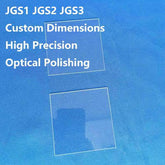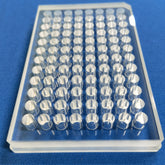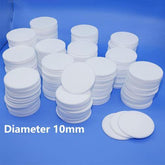How to reduce energy consumption in the processing of quartz tubes?
0 Comments
Detailed instructions on how to use a quartz sample cell correctly
0 Comments
Several cleaning methods of quartz cuvette
0 Comments
Common physical properties of infrared quartz cuvette
0 Comments
Technical parameters and cleaning methods of laboratory quartz cuvettes
1 comment
How to distinguish quartz cuvettes from general glass cuvettes?
0 Comments











